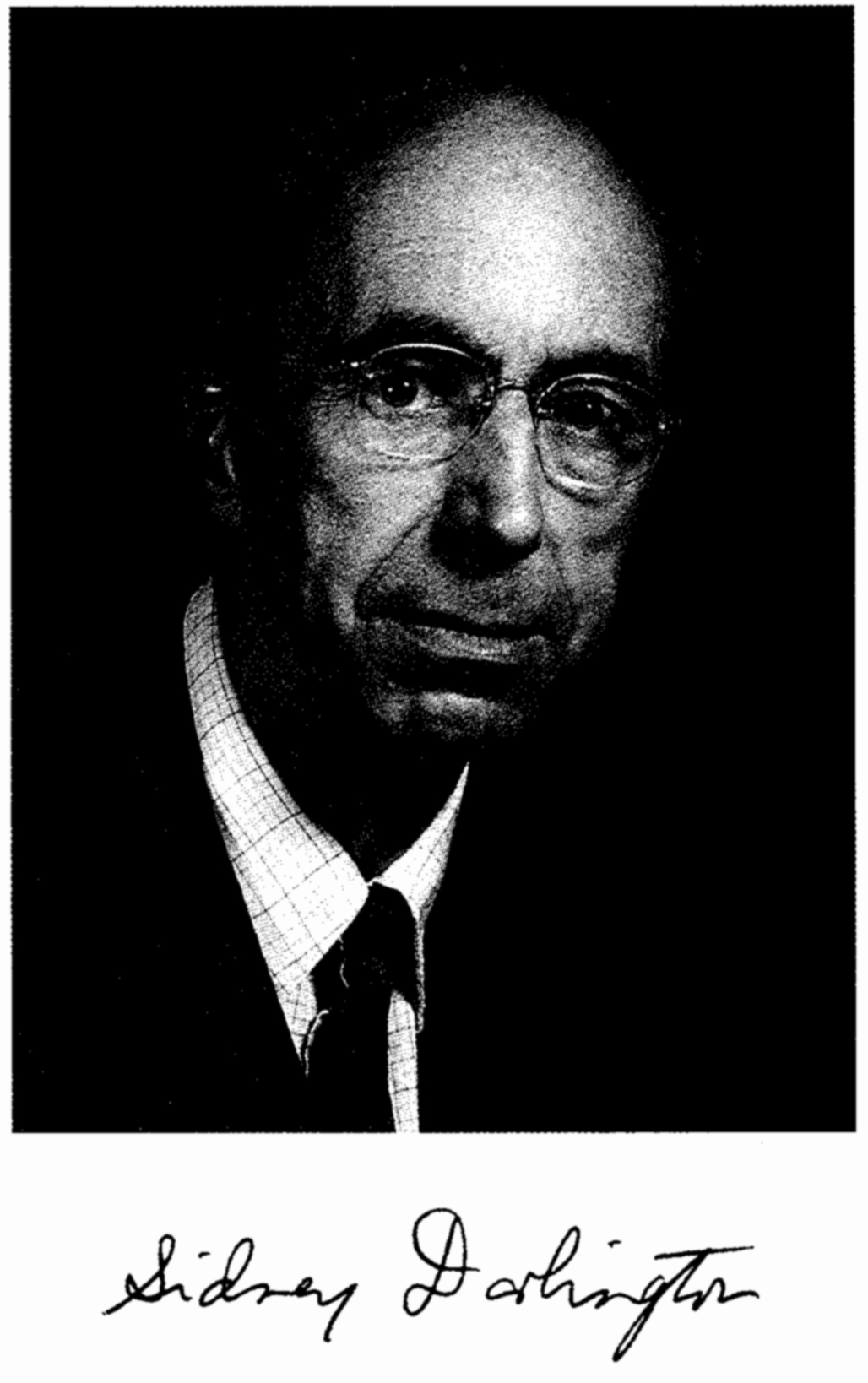Page 55
WALLACE HENRY COULTER
1913–1998
BY MICHAEL R. SFAT
ON AUGUST 7, 1998, Wallace Henry Coulter, inventor, entrepreneur, and pioneer bioengineer, died in Miami, Florida, due to complications from pneumonia.
Wallace was born on February 17, 1913, in Little Rock, Arkansas, and spent his early years on a farm in nearby McGehee where he acquired a lifelong interest in plants, expressed in later years by acquisition of farms, including units in the Miami area and in Nicaragua.
As a child, Wallace also developed a passion for electricity and crystal radio sets, probably augmented by adulation of his two heroes, Thomas Edison and Guglielmo Marconi. Determined to become skilled in radio electronics, after high school in Munroe, Arkansas, and one year at Westminster College in Fulton, Missouri, he enrolled in electrical engineering at Georgia Institute of Technology. Since the great depression of the 1930s made it impossible for him to continue his formal education, he elected to acquire his skills in industry, a common occurrence in those years. This phase began in 1934 as a radio station engineer-announcer.
In 1937 he joined General Electric X-Ray, as a sales and service engineer covering Manila, Singapore, Shanghai, Bangkok, Sumatra, and Malaysia. While on a visit to Singapore, it was invaded by the Japanese army, forcing him to escape to Java and return to the United States via a one-year circuitous trip through India, Africa, and South America.
Page 56
From 1942 until the end of World War II, he worked in electronic development for Press Wireless in New York City, and later for Raytheon Manufacturing Company in electro-medical instrumentation development.
In 1946 Wallace went to Chicago to work for the Illinois Tool Works and the Mittelman Electronics Division of Century Steel. It was in 1948 that Wallace set up a basement laboratory to begin his seminal exploration of combining engineering and biology, a truly pioneering event in the history of bioengineering. His specific accomplishment was the discovery of the Coulter Principle. In view of its potential to size blood cells at a rate of several thousand a second, the U.S. Department of Naval Research and the National Institutes of Health provided grants to develop the Coulter Counter instrument. Wallace was joined by his younger brother Joseph, an electrical engineer, in the creation of the instrument, and a patent was awarded in 1953. The two brothers began a one-by-one production of a commercial automated instrument to measure cells and particles, and in 1958 launched Coulter Electronics, Inc. In 1961 they moved operations to Miami, Florida.
Since the early 1980s, the Coulter brothers and the Coulter Corporation have been leaders in flow cytometry: instruments that identify cells by their “signatures” when passed through a laser, thus identifying malignancies and viral activity.
As an outgrowth of his intense focus on the character and behavior of cells, Coulter pioneered the development of monoclonal antibodies used in the diagnosis and treatment of cancer, leukemia, and lymphoma and in early detection of AIDS. The B-1 antibody recently developed under his guidance is proving in clinical tests to be the first viable means to treat non-Hodgkin's lymphoma successfully, providing hundreds of patients with hope and improved quality of life.
The Coulter Corporation grew into a multinational business employing 5,500 people and was run like a family under the paternity of Wallace. In October 1997 it was acquired by Beckman Instruments, Inc., and is now identified on the New York Stock Exchange as Beckman Coulter, Inc., a global provider of instrumentation.
Page 57
Industry, academia, and government have recognized Wallace's contributions as follows: In 1960 he received the John Scott Award for scientific achievement, bestowed previously on Thomas Edison, Guglielmo Marconi, Marie Curie, Jonas Salk, and other scientists whose discoveries benefited mankind; seventy-seven patents; honorary degrees from many universities, including Clarkson University, Westminster College, Georgia Institute of Technology, University of Miami, Wharton School of Business, and Barry University. He also received the Institute of Electrical and Electronics Engineers' Morris E. Leeds Award in 1980, the 1988 Florida Industrialist of the Year Award, the 1989 M.D. Buyline's SAMME Lifetime Achievement Award, the 1989 America Society of Hematology's Certificate of Distinguished Achievement, and the 1989 Association of Clinical Scientists Gold Headed Cane Award. In 1991 Wallace Coulter and the Coulter Corporation were named a trustee of the Center for Health Technologies in Miami, and, in 1993 he was elected a founding fellow of the American Institute of Medical and Biological Engineers. In 1998 Wallace was elected a member of the National Academy of Engineering under the classification of bioengineering.
Wallace Coulter is survived by his nieces, Laura Coulter Jones, Elizabeth Ann Morgenthau, Mary Susan Donovan, and nephew, Joseph R. Coulter, III.





